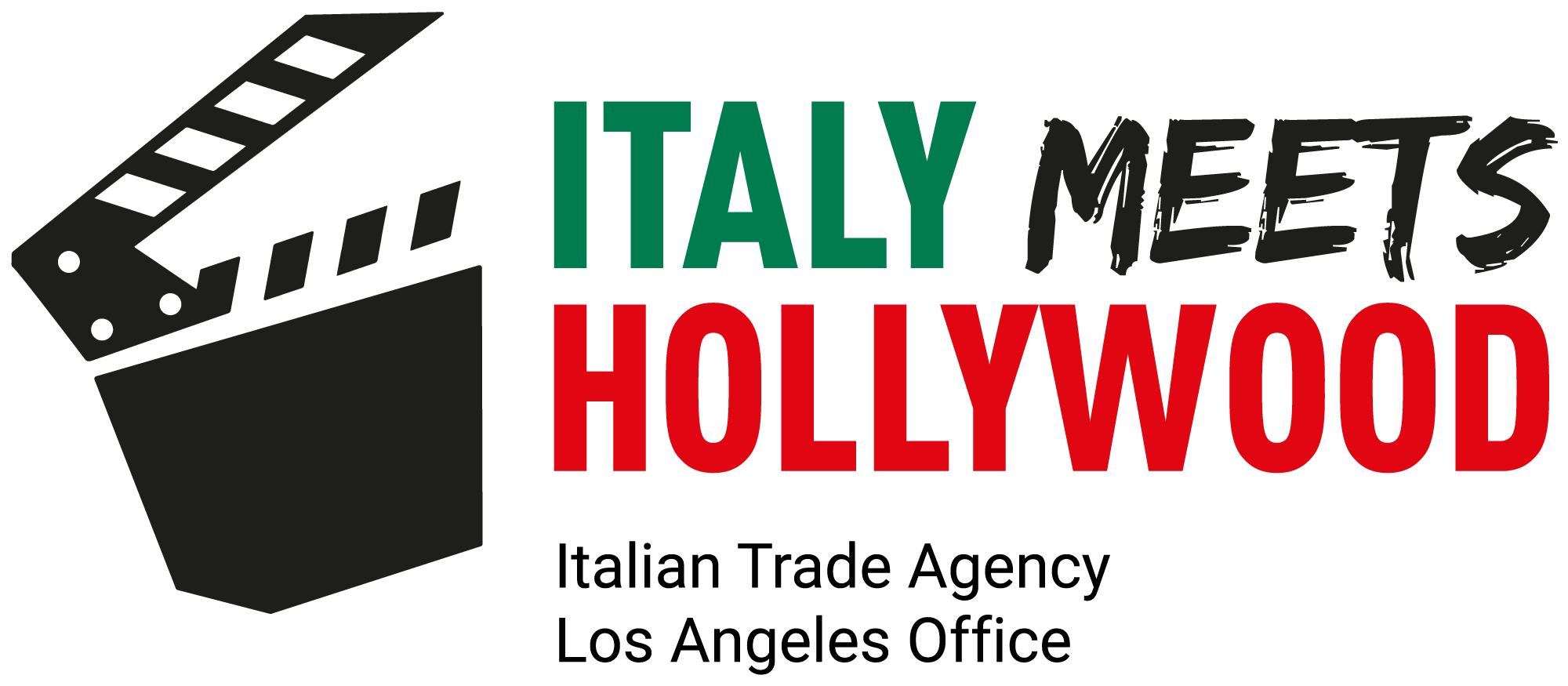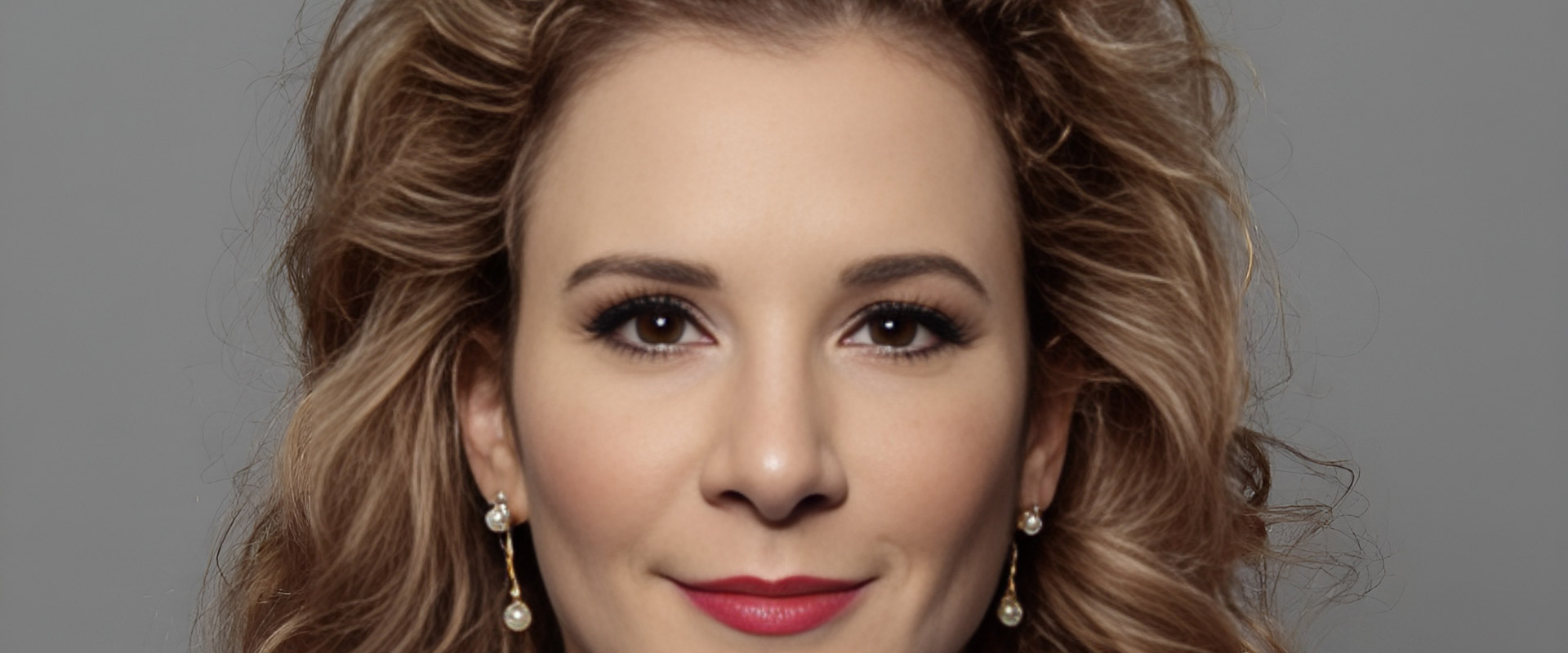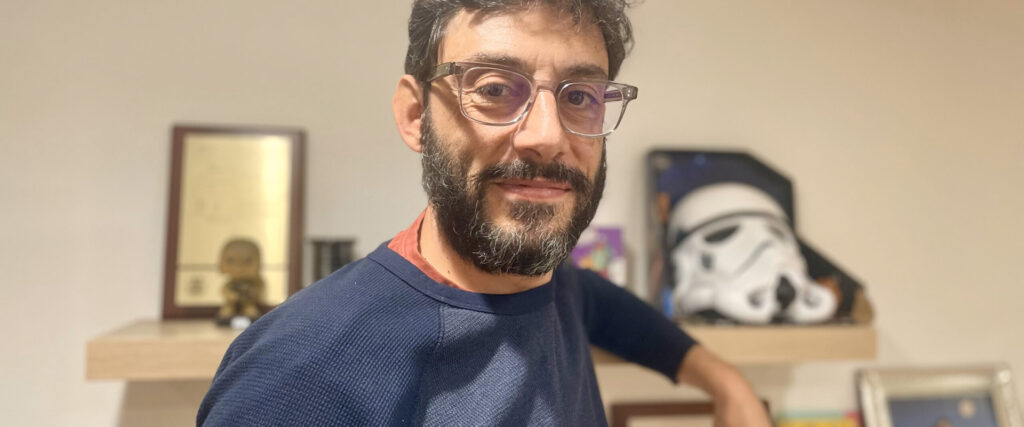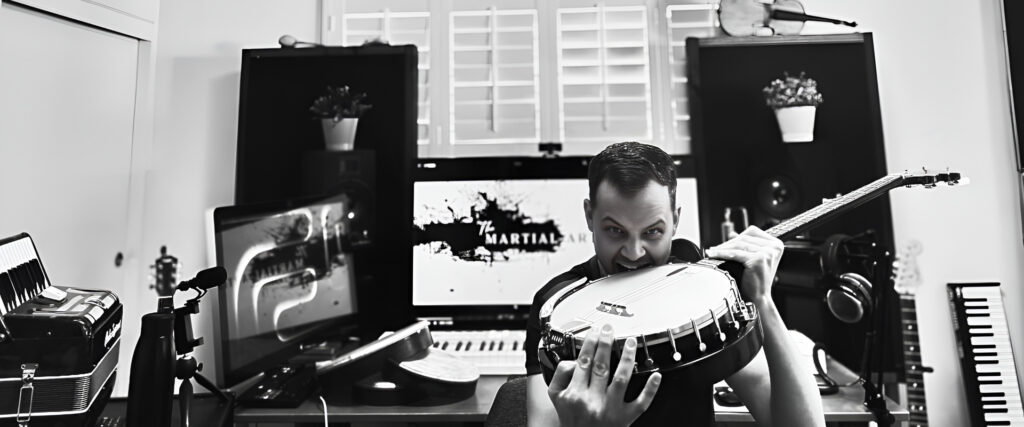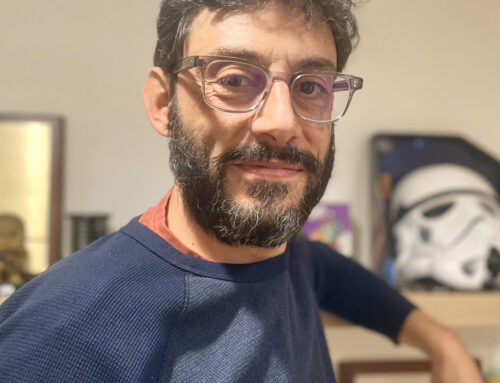Hollywood, Representation, and Change: A Conversation with Madeline Di Nonno
For two decades, the Geena Davis Institute on Gender in Media has been at the forefront of advocating for on-screen representation. President and CEO Madeline Di Nonno has spent over 30 years in the entertainment industry, leading initiatives that promote equity and representation. Under her leadership, the Institute has conducted groundbreaking research, influencing Hollywood to create more inclusive content. “The goal always has been to educate the business instead of the public,” and significant progress has been made.
Can you take us back to those early days? Why was the Geena Davis Institute created, and what was the state of the industry a generation ago?
When Geena’s daughter was a toddler, she began watching children’s TV with her and she was stunned to notice what seemed to be a huge gender disparity in entertainment made for young kids and it occurred to her that this was a very unhealthy message to send to kids in the 21stcentury, which led her to create the Geena Davis Institute. Movies and TV are artistic expressions, meant to entertain; It was never the goal to add a specific message. Geena wanted to take out the message in so much of children’s media, even for the youngest kids: that women and girls are less important than men and boys because they do less and there are far less of them. It’s creating unconscious gender bias from the beginning that’s nearly impossible to reverse because we don’t even know we have it.
The goal has always been to educate the business instead of the public, which is why people didn’t hear about it for a long time. It was much more important to reach them in a collegial way, “I’m in the biz, I’m your friend,” rather than encouraging the populace to rise up and demand better. Geena didn’t know what to expect, but the reactions have been the same for ten years. People are shocked. They feel horrible, actually. At first they say, “That’s not true, not anymore. That’s been fixed!” They are completely sincere.
Looking back, what has been your greatest satisfaction? What has changed the most in terms of perception and representation?
Our research has been the key. We’ve been able to have an impact throughout the industry because the research so compellingly shows that female characters in kids’ media are often underdeveloped, sidelined or hypersexualized. They are used as plot devices, objects or eye candy. Or they are simply not there at all. Encouragingly, we have yet to leave a meeting without at least one person saying, “You just changed my project.” And, we have also received feedback from our surveys, that 90% of the respondents are using and sharing our research.
From your personal experience, how has your work changed since you first entered the industry?
There is still a glass ceiling when it comes to whose stories get told and funded. There is still inequality when it comes to pay. There has been a marked improvement of women leaders such as Donna Langley, Chairman, NBCUniversal Studio Group; Pamela Abdy, Co-Chair & CEO, Warner Bros. Motion Picture Group; Jen Salke, Head, Amazon MGM Studios; Bela Bajaria, Chief Content Officer, Netflix; Dana Walden, Co-Chair, Disney Entertainment; Kathryn Busby, President, Sony Pictures Television Studios and many more.
Your newest study among films with budgets over $100 million reveals that 40% of the leads are people of color. Could you comment on this finding?
We found that Black characters make up 20.5% of all characters, followed by Asian and Pacific Islander characters, who make up 11.6%, and Latinx characters, who make up 5.8 %. We did find that female leads of color are under indexed. Of female leads, 64.5% are white and 35.5% are women of color. Movie going audiences want to see themselves and their stories onscreen. BIPOC moviegoers purchased the majority of opening weekend tickets for seven of the top 10 films and 14 of the top 20 films in 2023.
From your data, which finding gives you the most hope for the future?
First, is seeing the progress that has been made for female characters and female characters of color. Second, seeing characters of color dramatically improving. We were able to achieve gender parity for female lead characters in the largest grossing films out of the U.S. and in TV in 2020, so we know our theory of change works.
Conversely, which statistic or trend worries you the most?
The other identities we study are Disabilities, which has remained glacial as well at Age, LGBTQIA and Body Diversity. We have a lot more work to do.
![]() Italy Meets Hollywood Newsroom
Italy Meets Hollywood Newsroom
Share:
For two decades, the Geena Davis Institute on Gender in Media has been at the forefront of advocating for on-screen representation. President and CEO Madeline Di Nonno has spent over 30 years in the entertainment industry, leading initiatives that promote equity and representation. Under her leadership, the Institute has conducted groundbreaking research, influencing Hollywood to create more inclusive content. “The goal always has been to educate the business instead of the public,” and significant progress has been made.
Can you take us back to those early days? Why was the Geena Davis Institute created, and what was the state of the industry a generation ago?
When Geena’s daughter was a toddler, she began watching children’s TV with her and she was stunned to notice what seemed to be a huge gender disparity in entertainment made for young kids and it occurred to her that this was a very unhealthy message to send to kids in the 21stcentury, which led her to create the Geena Davis Institute. Movies and TV are artistic expressions, meant to entertain; It was never the goal to add a specific message. Geena wanted to take out the message in so much of children’s media, even for the youngest kids: that women and girls are less important than men and boys because they do less and there are far less of them. It’s creating unconscious gender bias from the beginning that’s nearly impossible to reverse because we don’t even know we have it.
The goal has always been to educate the business instead of the public, which is why people didn’t hear about it for a long time. It was much more important to reach them in a collegial way, “I’m in the biz, I’m your friend,” rather than encouraging the populace to rise up and demand better. Geena didn’t know what to expect, but the reactions have been the same for ten years. People are shocked. They feel horrible, actually. At first they say, “That’s not true, not anymore. That’s been fixed!” They are completely sincere.
Looking back, what has been your greatest satisfaction? What has changed the most in terms of perception and representation?
Our research has been the key. We’ve been able to have an impact throughout the industry because the research so compellingly shows that female characters in kids’ media are often underdeveloped, sidelined or hypersexualized. They are used as plot devices, objects or eye candy. Or they are simply not there at all. Encouragingly, we have yet to leave a meeting without at least one person saying, “You just changed my project.” And, we have also received feedback from our surveys, that 90% of the respondents are using and sharing our research.
From your personal experience, how has your work changed since you first entered the industry?
There is still a glass ceiling when it comes to whose stories get told and funded. There is still inequality when it comes to pay. There has been a marked improvement of women leaders such as Donna Langley, Chairman, NBCUniversal Studio Group; Pamela Abdy, Co-Chair & CEO, Warner Bros. Motion Picture Group; Jen Salke, Head, Amazon MGM Studios; Bela Bajaria, Chief Content Officer, Netflix; Dana Walden, Co-Chair, Disney Entertainment; Kathryn Busby, President, Sony Pictures Television Studios and many more.
Your newest study among films with budgets over $100 million reveals that 40% of the leads are people of color. Could you comment on this finding?
We found that Black characters make up 20.5% of all characters, followed by Asian and Pacific Islander characters, who make up 11.6%, and Latinx characters, who make up 5.8 %. We did find that female leads of color are under indexed. Of female leads, 64.5% are white and 35.5% are women of color. Movie going audiences want to see themselves and their stories onscreen. BIPOC moviegoers purchased the majority of opening weekend tickets for seven of the top 10 films and 14 of the top 20 films in 2023.
From your data, which finding gives you the most hope for the future?
First, is seeing the progress that has been made for female characters and female characters of color. Second, seeing characters of color dramatically improving. We were able to achieve gender parity for female lead characters in the largest grossing films out of the U.S. and in TV in 2020, so we know our theory of change works.
Conversely, which statistic or trend worries you the most?
The other identities we study are Disabilities, which has remained glacial as well at Age, LGBTQIA and Body Diversity. We have a lot more work to do.
![]() Italy Meets Hollywood Newsroom
Italy Meets Hollywood Newsroom
